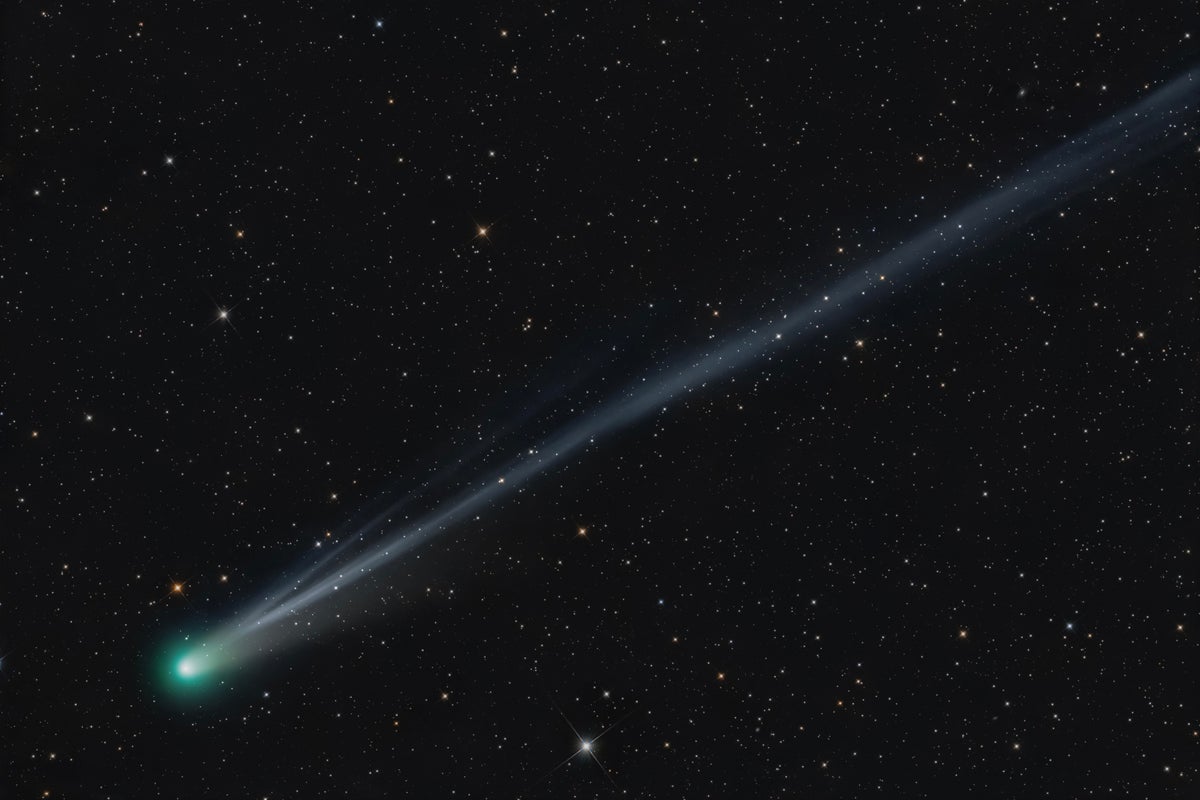**How to Catch a Rare Comet and a Meteor Shower: A Guide for Skywatchers in October 2025**
This autumn, skywatchers have a rare treat in store: the chance to witness a newly discovered comet with the naked eye, just as one of the year’s major meteor showers reaches its peak. Comet C/2025 A6 (Lemmon), discovered only earlier this year, will soon make its closest approach to Earth, coinciding with the annual Orionid meteor shower and a dark, moonless sky. For both amateur stargazers and seasoned astronomers, the days surrounding October 21, 2025, promise a celestial spectacle not to be missed.
### The Discovery and Orbit of Comet Lemmon
Comet Lemmon was first detected in January 2025 by astronomers working as part of the Mount Lemmon Survey in Arizona. These routine sky scans are designed to spot new asteroids and comets, and C/2025 A6 quickly drew attention thanks to its brightness and unusual path. Calculations revealed that the comet is on an exceptionally long, 1,350-year orbit around the sun. This means its last appearance in the inner solar system was before the Middle Ages, and it won’t return until the 34th century. If you miss Lemmon’s brief visit this year, it’s truly a once-in-a-lifetime event.
### When and Where to Look
The highlight of Lemmon’s passage will occur on the night of October 21, when the comet makes its closest approach to Earth. At this point, it will be about 55 million miles (89 million kilometers) away from our planet—a safe but relatively close distance for a comet. By fortunate coincidence, this is also the night of the new moon, which means the sky will be free of bright moonlight, making it much easier to spot faint objects like comets and meteors.
Currently, Comet Lemmon can be found in the western sky shortly after sunset. It’s conveniently located near some of the most recognizable constellations, including the Big Dipper. In mid-October, the comet sits below the “handle” of the Big Dipper. By late October, it will have moved above the bright star Arcturus (the brightest star in the western sky this time of year) and to the left of the Dipper. Because the comet remains fairly low above the horizon, experts recommend looking for it within an hour after sunset—the perfect window for catching its glow before it slips below the treeline.
### What to Expect: Naked Eye, Binoculars, and Photography
While Comet Lemmon is technically visible to the naked eye, your experience will vary dramatically depending on your location. As Bob King, contributing editor at *Sky & Telescope* magazine, explains, “From the city, you probably won’t see it with the naked eye, but with binoculars you should be able to pick it up. From the country, when the moon’s not in the sky, you’ll be able to see it [with the] naked eye. It’s going to be a little fuzzy spot, and the binocular view should be really lovely.”
The comet’s appearance won’t rival the legendary comets of the 1990s like Hale-Bopp or Hyakutake, which were so bright they dominated the night sky. Lemmon is expected to reach its peak brightness around October 21 and remain visible through early November, staying at its brightest until it passes closest to the sun (a point known as perihelion) on November 8.
If you’re observing from a city, don’t be discouraged by light pollution. Astrophotographer Debra Ceravolo, who often shoots from southern British Columbia, offers this advice: “At least find a dark corner of the backyard, someplace shielded from the streetlights. Binoculars will definitely help.” Even those with minimal skywatching experience can use the Big Dipper and Arcturus as “guide stars” to locate Lemmon.
For the best chance of seeing the comet’s faint, wispy tail—the result of solar particles pushing gas and dust away from the icy nucleus—binoculars are recommended. The tail, a hallmark of comets, often looks more dramatic in photographs than to the naked eye, but even a modest pair of binoculars can reveal its delicate structure.
### Capturing Comet Lemmon: Tips

